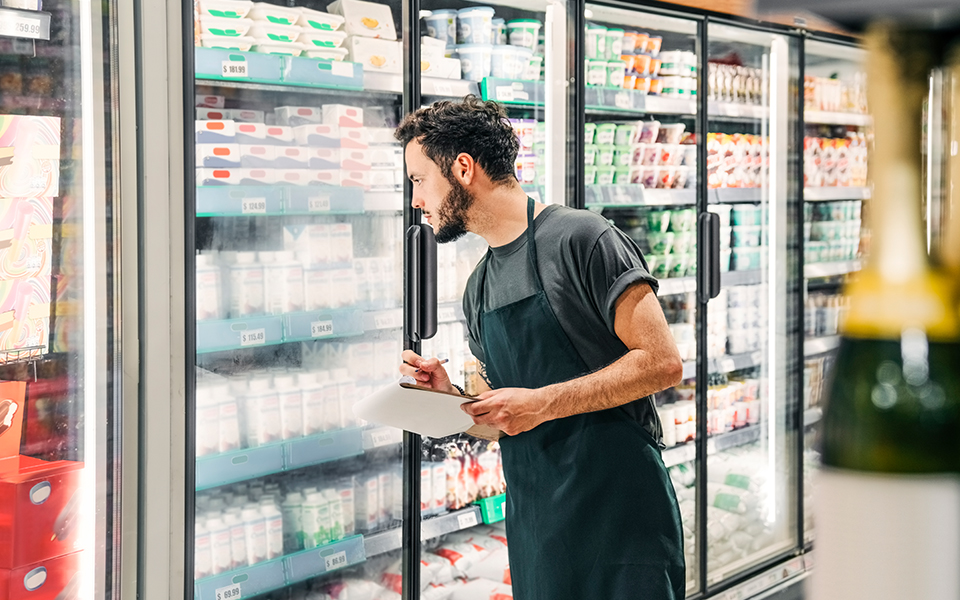*On June 1, 2023 Emerson’s Climate Technologies business became a new standalone company – Copeland. Though our name has changed, we are building on more than a century of HVACR innovation and industry leadership, and Copeland continues to offer the same products, industry stewardship, and learning opportunities you’ve grown to trust. Information found on this webpage posted before June 1, 2023 may contain our old name or branding, but you can be at ease knowing it was created with the knowledge and expertise of Copeland.
In post 11 of our CO2 as a Refrigerant blog series, I provide an introduction to CO2 cascade systems used in commercial refrigeration systems.
A CO2 cascade system is comprised of two distinct stages and systems:
- A low stage provides the cooling using R-744, always operating in subcritical mode of operation.
- A high stage absorbs heat from the condensing R-744 at the cascade heat exchanger, leveraging a lower-global warming potential (GWP) A1 or A2L refrigerant in a more traditional system architecture.

A CO2 cascade system offers an alternate architecture for retailers who want to deploy a low-GWP option but may not want to deal with the complexities of CO2 supercritical operation. In a CO2 cascade system, the high, medium-temperature (MT) and low-temperature (LT) stages are completely independent of each other, except for a heat exchanger that connects them.
Typically, the high stage of a supermarket system would use a lower-GWP, medium-pressure HFC refrigerant such as R-513A which referred to as a “hybrid” system. In the future, this may also include lower-flammability A2L alternatives. Not only does the high stage serve the MT loads, but it is also used to condense the CO2 in the low stage. In the low stage, CO2 is generally discharged into a plate heat exchanger acting as a condenser; R-744 is condensed and then recirculated for LT loads. The simple high-stage architecture typically employs a close-coupled system controlled by the pressure in the low-stage receiver.
R-744 is a very effective refrigerant for LT loads; and with a GWP of 1, it contributes to a cascade architecture that could meet many retailers’ sustainability objectives. Within the cascade heat exchanger, the evaporating high-stage refrigerant absorbs heat rejected by the condensing R-744. The condensing temperature is always maintained below the critical point.
In the final post of this CO2 as a Refrigerant blog series, I’ll explore the advantages and disadvantages of the systems examined thus far and review system selection best practices.

Facility Health Score Insights Program Transforms Enterprise Maintenance
Leveraging refrigeration performance data drives food retail cost reductions. Maintaining proper...

Electrical component considerations for A2L system safety
Electrical component considerations for A2L system safety As a new refrigerant category in the...

A2L refrigerant regulation updates: what you need to know today
Preparing for the approval and safe use of A2Ls in commercial refrigeration applications The move...
